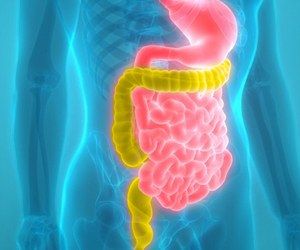
‘Across all eating disorder diagnoses, the overall frequency was 1.4 percent with no significant differences between girls and boys in a nationally representative group of 4,500 children 9 to 10 years old. ’
Tweet it Now
In this group of children, //the prevalence of anorexia nervosa was 0.1 percent, there were no cases of bulimia nervosa, the frequency of binge-eating disorder was 0.6 percent, and the prevalence of any other specified feeding and eating disorder diagnosis was 0.7 percent. Authors: Aaron J. Blashill, Ph.D., of San Diego State University, San Diego, California, and coauthors
Source-Eurekalert












